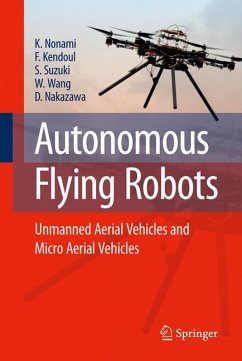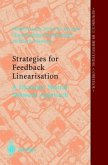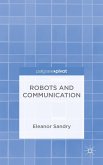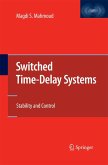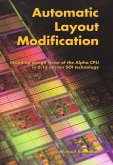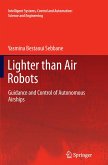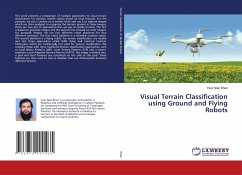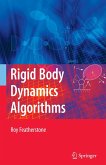The advance in robotics has boosted the application of autonomous vehicles to perform tedious and risky tasks or to be cost-effective substitutes for their - man counterparts. Based on their working environment, a rough classi cation of the autonomous vehicles would include unmanned aerial vehicles (UAVs), - manned ground vehicles (UGVs), autonomous underwater vehicles (AUVs), and autonomous surface vehicles (ASVs). UAVs, UGVs, AUVs, and ASVs are called UVs (unmanned vehicles) nowadays. In recent decades, the development of - manned autonomous vehicles have been of great interest, and different kinds of autonomous vehicles have been studied and developed all over the world. In part- ular, UAVs have many applications in emergency situations; humans often cannot come close to a dangerous natural disaster such as an earthquake, a ood, an active volcano, or a nuclear disaster. Since the development of the rst UAVs, research efforts have been focused on military applications. Recently, however, demand has arisen for UAVs such as aero-robotsand ying robotsthat can be used in emergency situations and in industrial applications. Among the wide variety of UAVs that have been developed, small-scale HUAVs (helicopter-based UAVs) have the ability to take off and land vertically as well as the ability to cruise in ight, but their most importantcapability is hovering. Hoveringat a point enables us to make more eff- tive observations of a target. Furthermore, small-scale HUAVs offer the advantages of low cost and easy operation.
Bitte wählen Sie Ihr Anliegen aus.
Rechnungen
Retourenschein anfordern
Bestellstatus
Storno

